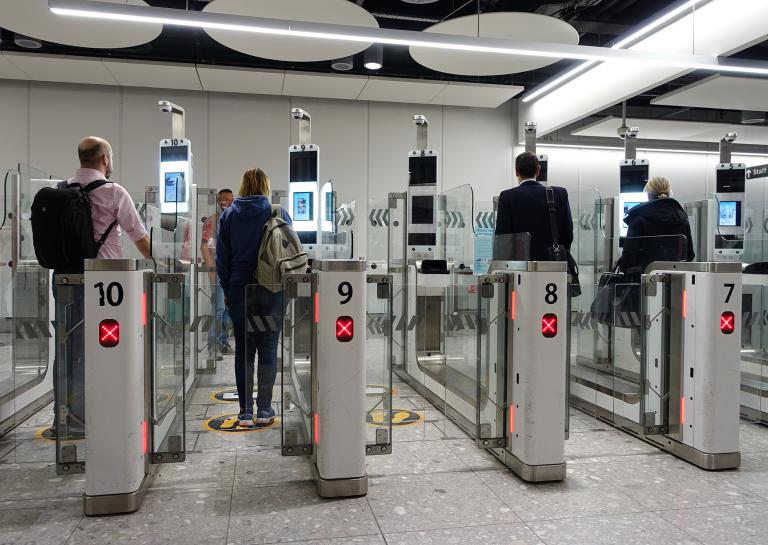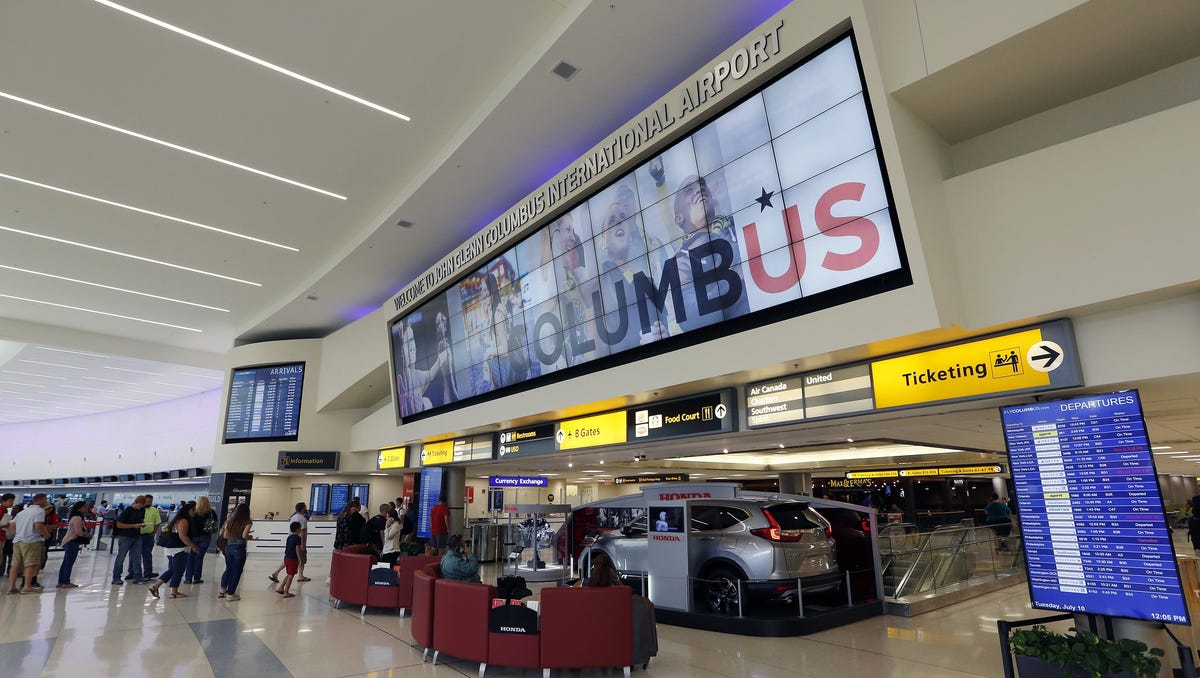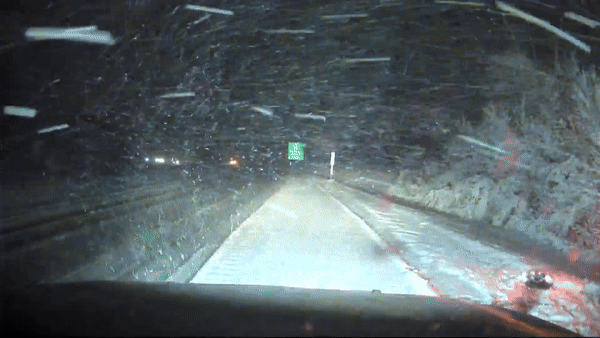Travel
Digitized Travel: Debunking Misinformation in Facial Recognition Technologies

Similar to the 1970s controversies surrounding DNA technology, today’s facial recognition capabilities are often bound by misconception. Still, modern-day technology’s accuracy continues to advance as it shapes the future of everyday security.
“There’s a lot of misunderstanding of what it does and doesn’t do,” Melissa Conley told SIGNAL Media in an interview. Conley is the executive director for capability management and innovation at the Transportation Security Agency (TSA).
Having served at the TSA for more than 20 years, Conley identified misinformation as the biggest challenge in deploying facial recognition technology (FRT).
Travel volumes are constantly increasing, with June seeing a record-breaking 2.99 million passengers in one day. Therefore, efficiency is more important than ever.
“If you look back five-10 years ago, we were doing ID verification manually with lights and loops,” Conley shared. “Bringing on the credential authentication technology, it automates the document authentication of a driver’s license or passport.
Credential authentication technology helps officers verify information while also giving agents real-time access to the TSA’s secure flight data, which provides risk status data for all incoming passengers.
With FRT specifically, privacy has been in mind since day one, Conley reported.
“When we were designing and thinking about rolling out FRT, it was important to us to make sure that we were transparent in everything we did in following all the privacy guidelines,” she said.
Of note, FRT remains optional at U.S. airports, meaning all travelers are given the opportunity to opt out of using the technology.
“We do a lot of testing,” Conley continued, emphasizing the crucial interagency collaboration for new technology deployment.
Partners such as the Department of Homeland Security Science & Technology Directorate and the National Institute of Standards and Technology (NIST) help the agency with testing.
For example, Conley offered, NIST had published a list of the best biometric matchers, which helped the TSA in decision-making. NEC Global and IDEMIA were the two companies mentioned.
“We make sure we’ve got good camera capture to get a good quality to match [the ID],” she said. “And we make sure that there’s no bias in our entire setup.”









